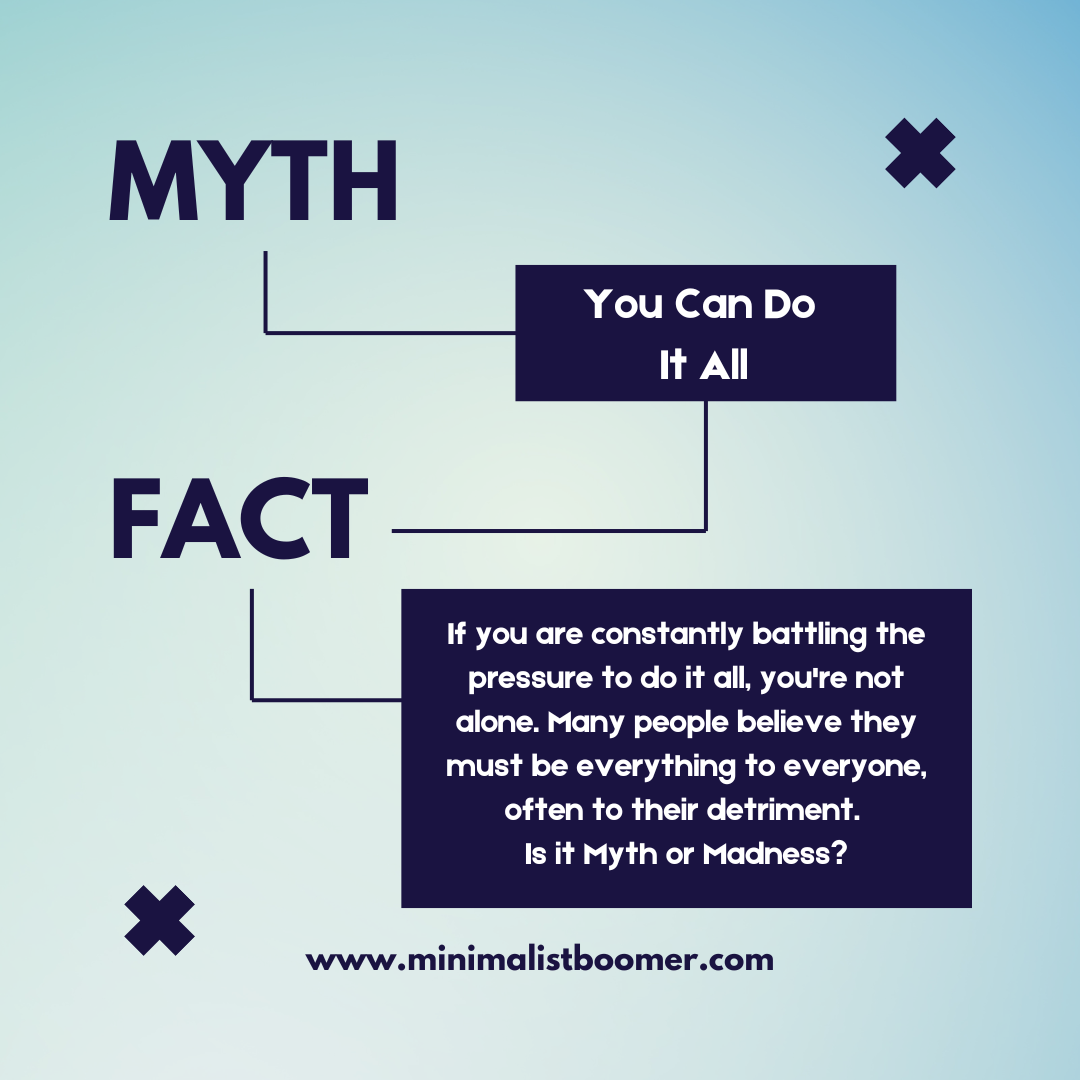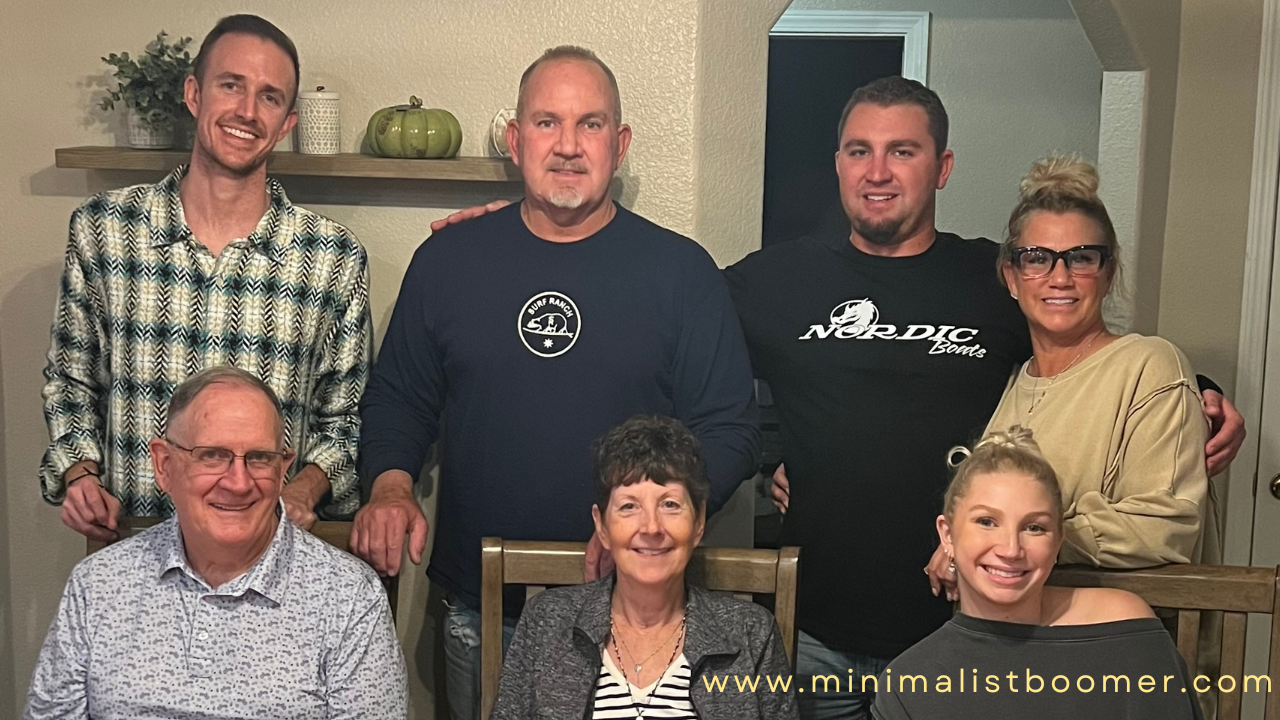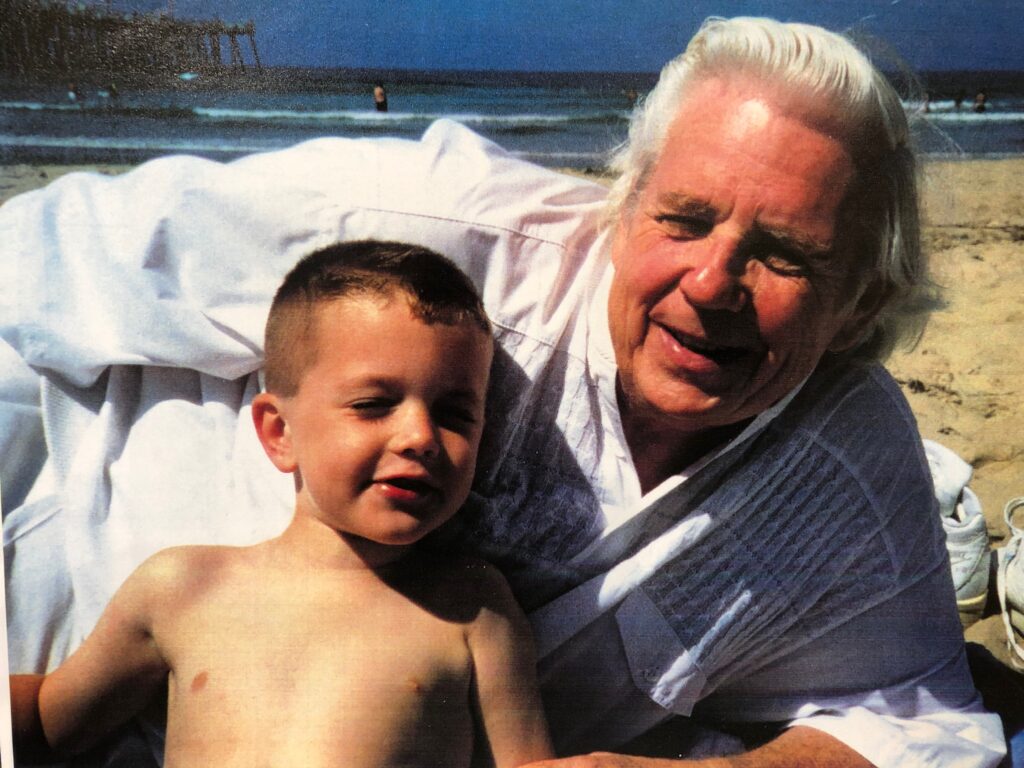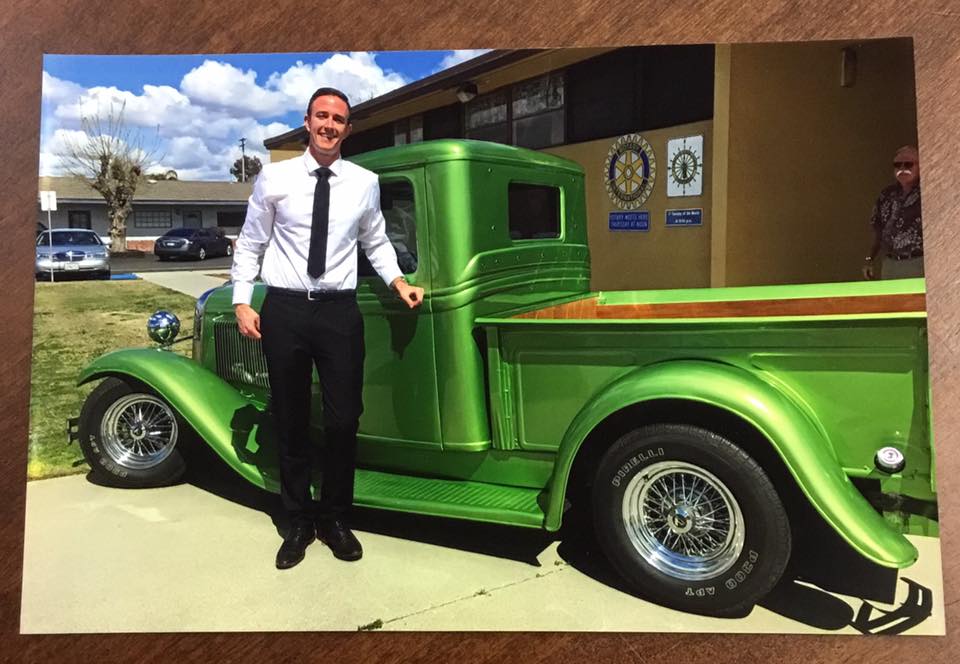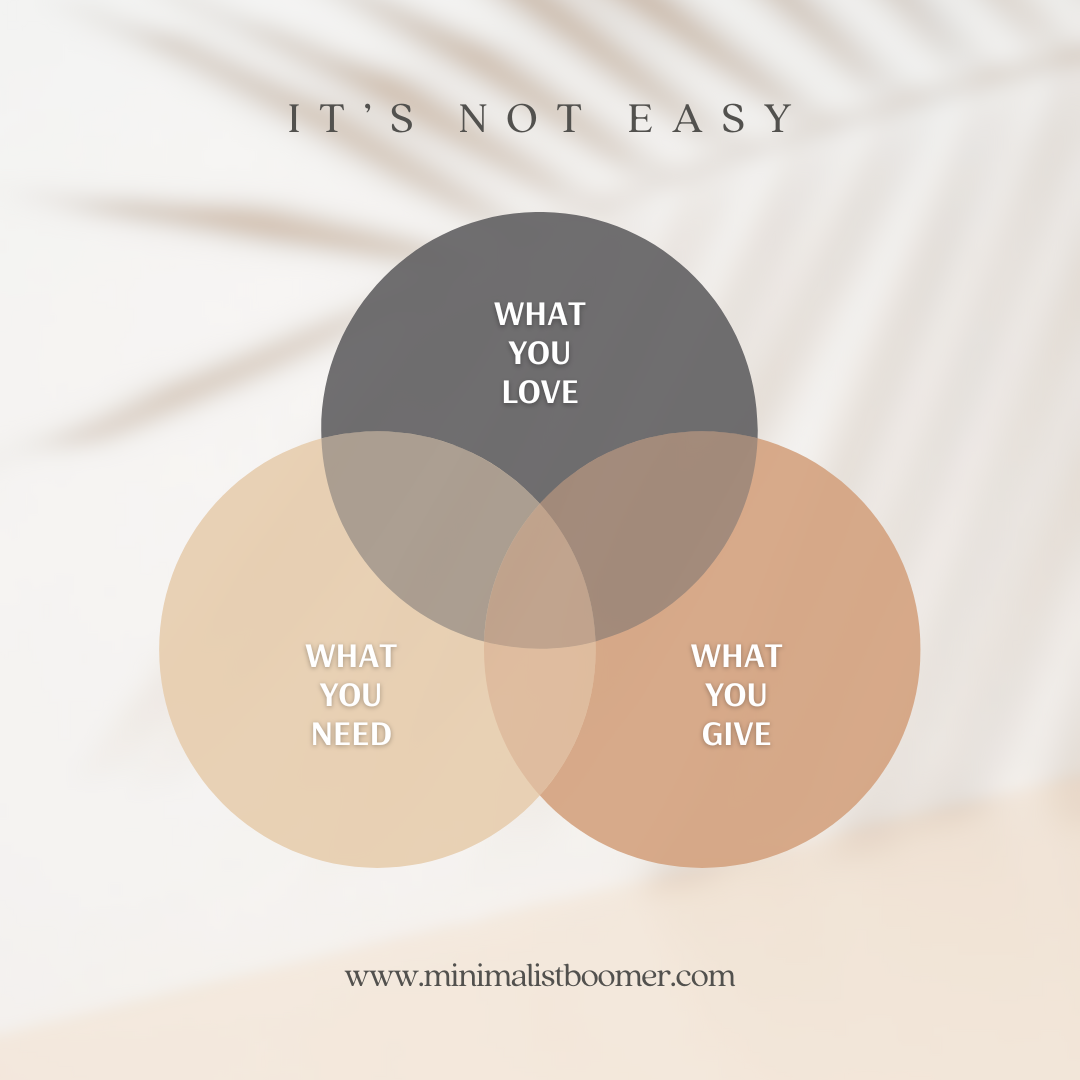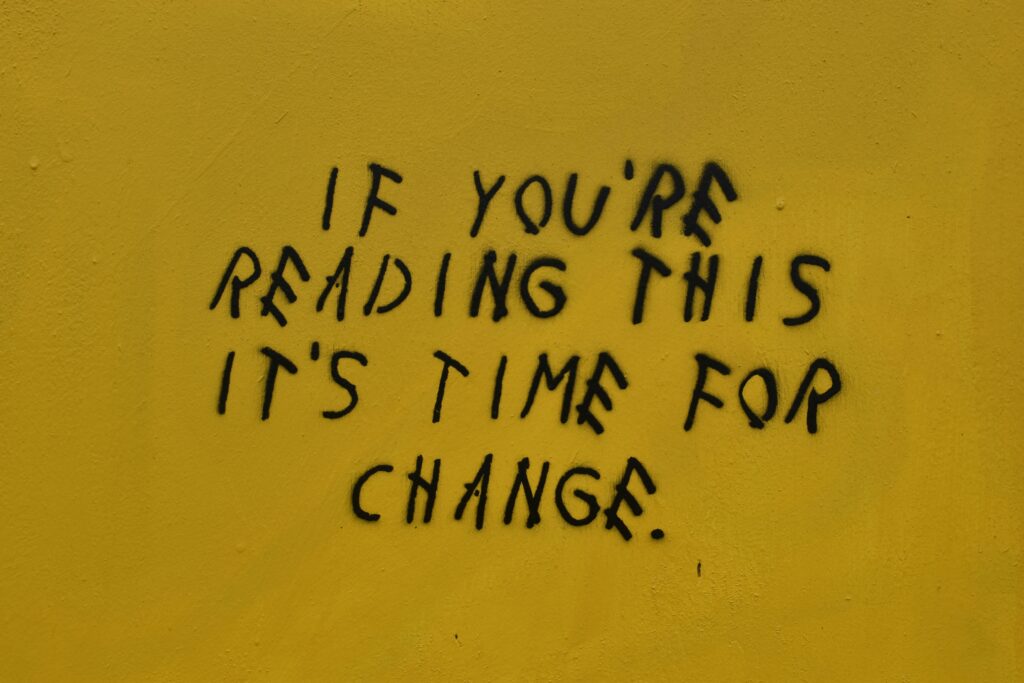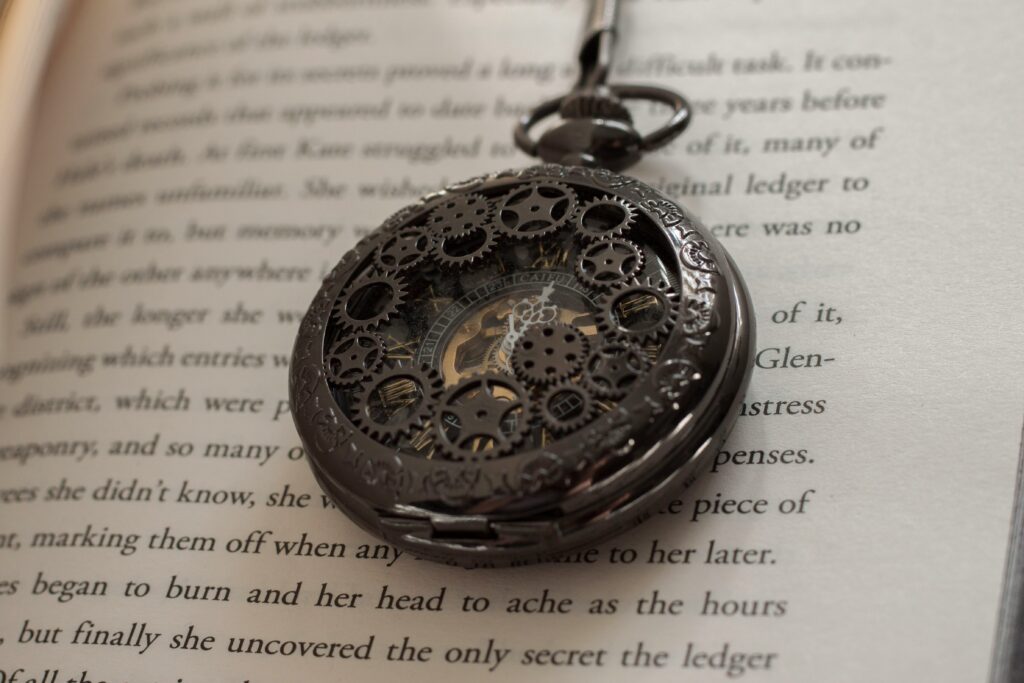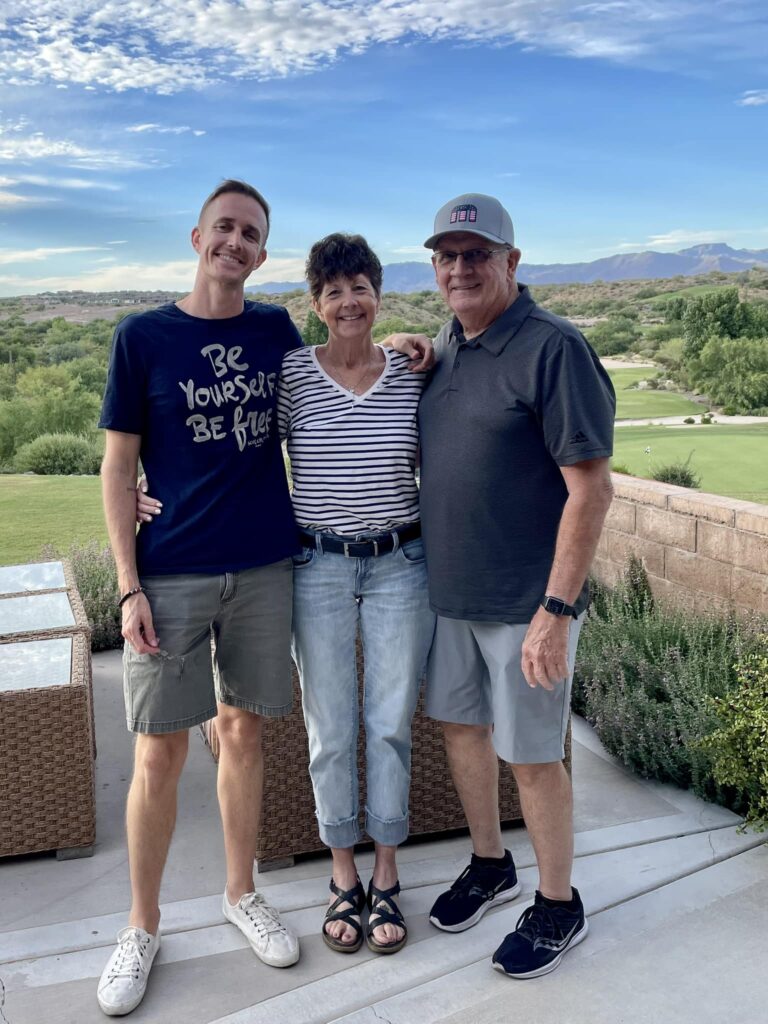Have you ever felt overwhelmed by the constant flood of negative news? It’s easy to get bogged down by constant barrage streaming into our homes 24/7. As a minimalist, I’ve found a way to cut through the noise and eliminate negativity from my life. By applying minimalism to my news consumption, I focus on what matters most and maintain my mental well-being.
I just spent a couple of weeks on vacation with family and we intentionally chose to not watch or listen to news the entire time. It was so liberating. Upon our return home, Dave and I have continued to practice living “news-free.” It feels so good.
So, today I’d like to share with you how to approach news with a minimalist mindset. We’ll dive into why it’s crucial to be mindful of our news intake and how selectively choosing what we consume can drastically improve our lives. If you’re ready to reclaim your peace of mind and eliminate negativity from your life, you’re in the right place.
Understanding Minimalism in the Context of News
Minimalism isn’t just a trend; it’s a lifestyle that can transform various aspects of our lives, including how we consume news. Let’s break down what minimalism means and how it can help us eliminate negativity from our lives, especially when it comes to news.
“Bad news travels at the speed of light; good news travels like molasses.” — Tracy Morgan
Defining Minimalism
Minimalism is not about living with less but gaining more from life. The focus is on simplicity and intentionality. It’s about being more selective about what we bring into our lives. This idea isn’t limited to physical objects. It’s about decluttering our minds and our schedules too.
It’s all about asking ourselves:
- Do I really need this?
- Does it add value to my life?
By applying these questions to our news consumption, we can create a more mindful and balanced approach to staying informed.
The Role of News in Our Lives
News has a significant impact on our mental health and personal well-being. The continuous news cycle bombards us with information, much of which is negative. This constant stream of news can lead to anxiety, stress, anger, and a feeling of helplessness.

Consider the way news is often presented:
- Shocking headlines to catch our attention
- Stories that amplify fear and uncertainty
- Opinions and reports designed to make us angry, often at one another
- Constant updates that make it hard to focus on anything else
These elements can create a toxic cycle, where we feel the need to stay updated but end up overwhelmed and stressed. Here’s how this can affect us:
- Mental Overload: Too much information can make it hard to process and prioritize.
- Increased Stress: Negative news stories can elevate stress levels.
- Time Drain: Time spent on endless news updates could be used for more meaningful activities.
By adopting a minimalist approach to news, we can reduce the noise and focus on what actually matters. This means being selective about the sources we follow and the time we spend consuming news. It’s about quality over quantity.
So, ask yourself:
- Is this news source contributing to my well-being?
- Am I spending my time wisely on the news, or is it draining me?
By being intentional with our news consumption, we can eliminate negativity from our lives and create a more balanced and positive daily experience.
Strategies to Eliminate Negativity from Your News Consumption
“A lot of times good news happens slowly and bad news happens all at once. And so we tend to focus on the bad news that’s crashing over us in waves, and not on the slow long-term work that people are doing together to try to make a better world for us to share.” – John Green
It’s not realistic to think we can completely avoid the news forever. Some news is important and may have a direct impact on our lives. Yet, you don’t have to listen, watch, or read negative news all the time. There must be a happy medium out there somewhere. Here are some strategies to help eliminate negativity from your life without missing out on important updates.
Choose Quality Over Quantity
“Headlines, in a way, are what mislead you because bad news is a headline, and gradual improvement is not.” — Bill Gates
One of the simplest ways to cut through the noise is to focus on quality over quantity. Instead of scrolling through endless news feeds, choose a few trusted sources. This will help you stay informed without feeling overwhelmed.
- Opt for reputable news outlets: Stick to well-known, credible websites or news stations.
- Avoid sensational headlines: These are designed to grab your attention but often exaggerate the truth.
- Read full articles: Headlines can be misleading. Take the time to read the full story for better context and check the sources when you feel there may be more to the story.
By selecting a few solid sources, you can gather all the important information you need without drowning in endless articles.
Set Time Limits for News Consumption

We live in an age of information overload, and it’s easy to get sucked into consuming news all day. To avoid this, it’s essential to set specific times for checking the news.
- Morning and evening slots: Check the news once in the morning and once in the evening.
- Limit your time: Spend no more than 20–30 minutes per session.
- Stick to your schedule: Be disciplined about not checking the news outside these times.
Creating these boundaries will help you stay informed without becoming obsessed.
Seek Positive News Stories
Lastly, it’s crucial to balance the negative with the positive. Positive news stories can uplift your mood and give you a more balanced view of the world.
- Subscribe to positive news websites: Websites like Good News Network (https://www.goodnewsnetwork.org/) or Positive News (https://www.positive.news/) focus on uplifting stories.
- Follow positive social media accounts: Many social media pages highlight good news and positive events.
- Share positive stories: When you come across something uplifting, share it with friends or family.
By actively seeking out and sharing positive news, you can help to eliminate negativity from your life while keeping up with what’s happening.
Evaluate News Sources

It’s important to evaluate the credibility of news sources. Not all news is created equal, and some sources may not align with your quest to eliminate negativity from your life.
“The news media are, for the most part, the bringers of bad news… and it’s not entirely the media’s fault, bad news gets higher ratings and sells more papers than good news.” — Peter McWilliams
Here’s a simple guide to assessing news sources:
- Check the Publisher: Is the publisher reputable? Well-known news organizations tend to have higher credibility.
- Look for Author Information: Can you easily find information about the author? Credible articles usually have an author’s name and credentials.
- Verify Sources Cited: Are the sources cited in the article credible? Trustworthy news articles often link to original documents or other reliable sources.
- Watch Out for Bias: Does the article present multiple viewpoints? Balanced reporting is a good sign of credibility.
Pro Tips:
- Use Fact-Checking Websites: Websites like Snopes (https://www.snopes.com/) or FactCheck.org can help verify the accuracy of news stories.
- Trust Your Instincts: If something feels off about a news story, it’s worth digging deeper or looking for additional sources.
Creating a personal news filter based on your values and trusted sources can help you manage your news consumption effectively. This approach not only keeps you informed but also helps eliminate negativity from your life, aligning with your minimalist lifestyle.
“The quality of our thinking cannot be higher than the quality of the information on which it is based.” – Daniel Kahneman

Embracing a minimalist approach to the news can transform how we digest information. It helps eliminate negativity from your life by focusing on what matters most to you. Take time to select your news sources and set boundaries for consumption. These strategies will help you stay informed without feeling overwhelmed. Mindful news consumption is a powerful tool against constant negativity. Start today, and I hope you will be able to experience a more positive, balanced life.




